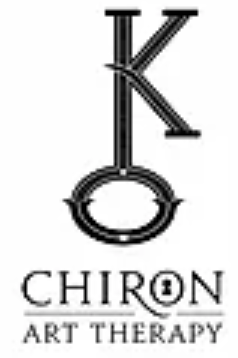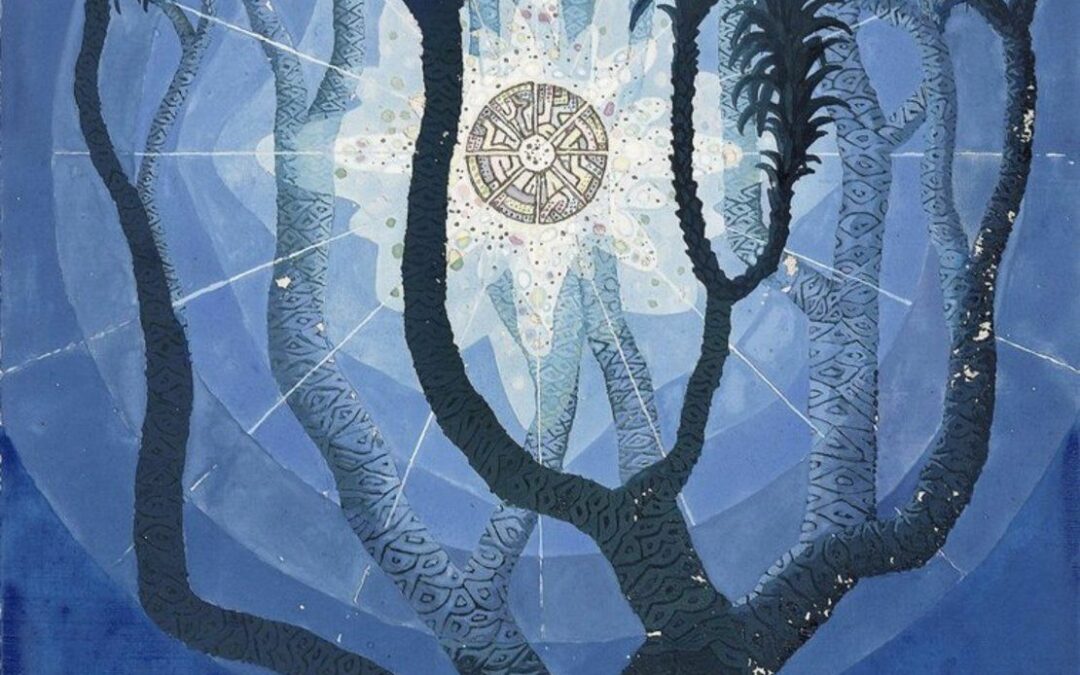Art as Alchemy
First of all, I consider my art a conversation with my soul. This goes way beyond just self-care, though I will say that it IS an act of self-care as well. The slow deep process of art opens a path of concentrated listening. In this space, one turns inward, toward their intuition and toward their inner world. This can be both a deeply spiritual and fulfilling process.
“My speech is imperfect. Not because I want to shine with words, but out of the impossibility of finding those words, I speak in images. With nothing else to express the words from the depths.”
~Carl Jung
Medieval alchemists attuned themselves to plants, minerals, and elements in their experiments. This process was emotionally and spiritually intense and their goal was to elevate the vibrational spirit of those plants and minerals. They believed through this process, that they elevated their own energy as well to a spiritually, higher vibration. This applies to art in that images can be catalysts for personal change. Carl Jung, father of analytical psychology embarked on a similar journey through active imagination, journaling, and painting while he spent years creating his beautiful masterpiece, the Red Book. (The image at the beginning of this post is one of his gorgeous paintings from the Red Book.)
Art as Alchemy – Art as Self Care
Furthermore, making artwork is like a waking dream, where the art maker loosens the reigns of the ego and engaged with the art materials with playful curiosity. Like in yoga, emotional knots start to loosen. Herein lies the self-care. When you come to the lump of clay, the canvas, or the journal page, you can put on the page your burden. In return, the art, like a mirror, relieves you of that burden.
Art as Alchemy – Art as Guide
Furthermore, art at times takes on a life of its own. It is as if the art speaks in response to your curiosity. In this case, not only have you tuned in as a way to relieve stress but now, the art becomes your guide. From this process, you can learn about yourself, your desires, and your needs.
Intentional Art for Transformation
Finally, you can use art to actively change how you feel. For example, working on a mandala, you can align your intention to move toward a sense of wholeness. In this process, focusing on this intention, each brushstroke, or movement of the pencil, can add to the power of this intention. Then, a shift occurs. The more time we spend focused on the desired feeling, the more it will spread throughout the rest of your life. From there, you find that feeling becoming a habitual response to life and spreading throughout your day.
Words don’t do my deep commitment to this process justice. Therefore, I’ll finish with a final quote:
“Good art is not what it looks like, but what it does to us.” Roy Adzak
If you feel restless, dissatisfied, or are ready for something more, and feel called to embark on your own alchemical process, I’m available for a free consultation here.

